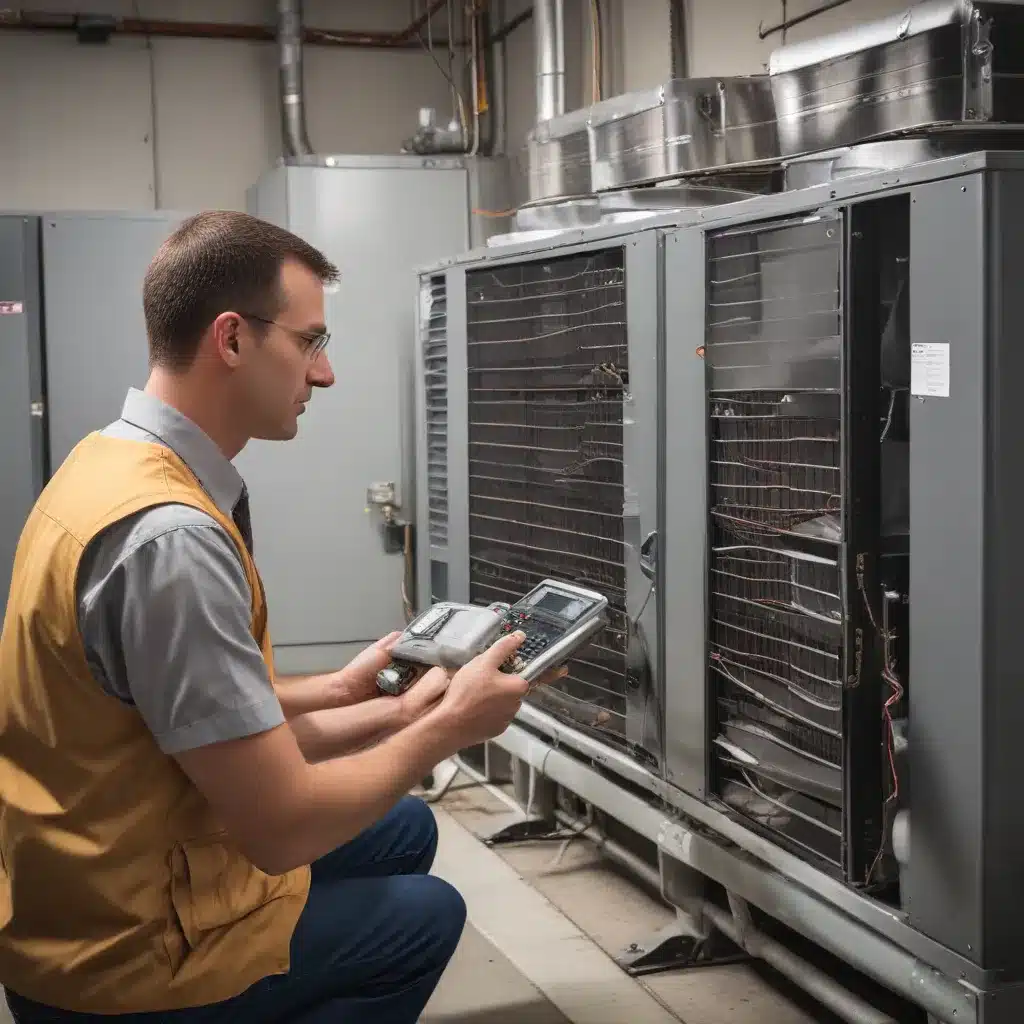
The heating, ventilation, and air conditioning (HVAC) industry today operates against a backdrop of ever-evolving regulatory requirements, technological advancements, and environmental considerations. As facility managers, HVAC contractors, and environmental compliance officers navigate this complex landscape, mastering compliance has become paramount to their success. This comprehensive guide delves into the essential strategies and insights necessary for navigating the changing landscape of HVAC compliance.
Governing Authorities and Regulations
HVAC systems are subject to a multitude of governing authorities and regulations, both at the federal and state levels. The Environmental Protection Agency (EPA) plays a pivotal role, overseeing regulations such as the Clean Air Act, which addresses the phase-out of high-global warming potential (GWP) hydrofluorocarbon (HFC) refrigerants. The Department of Energy (DOE) further sets efficiency standards for HVAC equipment, while local building codes and fire marshal requirements also shape design and installation practices.
Keeping abreast of this regulatory patchwork is crucial. Compliance missteps can lead to hefty fines, legal complications, and reputational damage. Developing a thorough understanding of the latest rules, guidelines, and industry best practices is the first step toward building a robust compliance program.
HVAC System Design and Installation
Ensuring HVAC systems are designed and installed in accordance with relevant codes and standards is a cornerstone of compliance. This involves adhering to guidelines set forth by organizations like the American Society of Heating, Refrigerating and Air-Conditioning Engineers (ASHRAE) and the Air-Conditioning, Heating, and Refrigeration Institute (AHRI).
From selecting energy-efficient equipment to properly sizing and configuring ventilation systems, attention to detail is paramount. Compliance extends to the use of approved refrigerants, proper charge calculations, and adherence to ventilation and indoor air quality (IAQ) requirements. Investing in the training and certification of HVAC technicians further ensures best practices are followed during installation and servicing.
Operational Efficiency and Energy Management
Maintaining HVAC system efficiency is not only a compliance requirement but also a strategic business imperative. Federal and state energy efficiency standards, such as those established by the DOE, mandate minimum performance levels for HVAC equipment. Compliance in this domain involves selecting the right systems, implementing optimization strategies, and closely monitoring energy consumption.
Techniques like demand-controlled ventilation, variable refrigerant flow (VRF) systems, and building automation can significantly improve HVAC efficiency. Comprehensive monitoring and reporting of energy use, greenhouse gas (GHG) emissions, and other operational data not only ensures compliance but also enables data-driven decision-making for long-term sustainability.
Environmental Impact and Sustainability
The HVAC industry’s environmental impact is a pressing concern, leading to increasingly stringent regulations around refrigerants, emissions, and overall sustainability. The Kigali Amendment to the Montreal Protocol, for example, mandates a global phase-down of high-GWP HFC refrigerants, driving the transition toward low-GWP alternatives.
Compliance in this domain involves not only the selection of environmentally friendly refrigerants but also the proper handling, recovery, and reclamation of refrigerants. Investing in sustainable HVAC technologies, such as heat pumps and geothermal systems, can further reduce the carbon footprint of HVAC operations.
Occupant Health and Safety
HVAC systems play a critical role in maintaining occupant health and safety. Compliance in this area encompasses adherence to IAQ standards, ventilation requirements, and emergency preparedness measures.
Ensuring adequate filtration, proper airflow, and the monitoring of indoor pollutants are essential for compliance. HVAC systems must also be designed and maintained to prevent the spread of airborne contaminants, comply with fire and life safety codes, and respond effectively to emergencies like natural disasters or security threats.
Maintenance and Servicing
Proper maintenance and servicing of HVAC systems are crucial for ensuring continued compliance. This includes adhering to preventive maintenance schedules, implementing robust diagnostics and troubleshooting protocols, and employing certified technicians who are up-to-date on the latest industry practices and regulations.
Maintaining detailed records of service activities, refrigerant handling, and system performance is essential for demonstrating compliance during audits or regulatory inspections. Investing in training and certification programs for HVAC technicians can further strengthen an organization’s compliance posture.
Building Integration and Automation
The integration of HVAC systems with building management systems (BMS) and other building automation technologies has become a hallmark of compliance in the modern era. These advanced systems enable comprehensive monitoring, remote control, and optimization of HVAC operations, helping to ensure energy efficiency, occupant comfort, and compliance with various regulations.
Compliance in this domain involves not only the selection of compatible equipment but also the seamless integration of HVAC systems with other building systems, such as fire alarms, security systems, and energy management platforms. Leveraging the power of data and analytics can further enhance compliance efforts by identifying optimization opportunities and proactively addressing potential issues.
Emerging Trends and Future Considerations
The HVAC industry is constantly evolving, with new technologies, regulations, and sustainability practices emerging. Staying ahead of these trends is essential for maintaining compliance and ensuring long-term success.
Advancements in heat pump technologies, variable refrigerant flow (VRF) systems, and building automation are driving increased energy efficiency and environmental sustainability. Meanwhile, the phase-down of high-GWP refrigerants and the adoption of low-GWP alternatives present both challenges and opportunities for HVAC professionals.
As the industry workforce continues to evolve, investing in skill development and training programs will be crucial for maintaining a strong compliance posture. Collaboration with industry associations, regulatory bodies, and technology providers can further help HVAC professionals navigate the ever-changing landscape of compliance.
By mastering the essential strategies and insights outlined in this comprehensive guide, HVAC professionals can position themselves for success in the face of evolving regulations and industry practices. Embracing a proactive, data-driven approach to compliance will not only safeguard organizations from legal and financial risks but also enable them to drive innovation, enhance sustainability, and deliver superior HVAC solutions to their customers.

